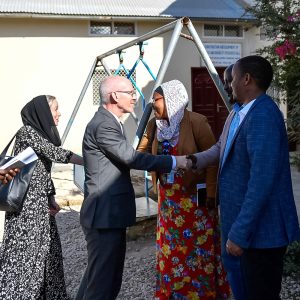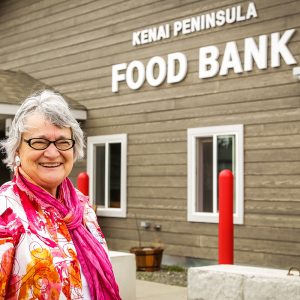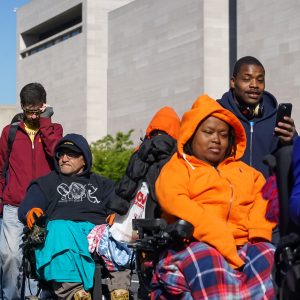RCLD Outreach Training
Section 2: Get started
Finding existing networks
Rural networks

What is a network?
A network is a group of individuals from organizations, businesses, and government offices who interact with each other, usually around a common issue or goal. Coming together allows members to pool resources, identify gaps in services, and support each other’s efforts. This can improve services, build new systems, and increase the resiliency of rural services.
Examples
There are many existing rural networks, although not all exist in all rural areas.
- State transportation providers
- Housing coalitions
- School systems
- College and other schools
- Food banks and pantries
- Churches
- Special interest groups (e.g., knitting or fishing groups)
- Offices of Aging and Disabilities
- Relay for Life or other community-wide events
- Counseling centers and offices, small community clinics (e.g., Offices of Areas of Mental Health)
- Public health departments and healthcare providers
- Rural health partnerships and coalitions


Institutionalization
- What does institutionalization look like in your community?
- Are there nursing homes? Group homes? Prisons?
- Where do people with disabilities live?
